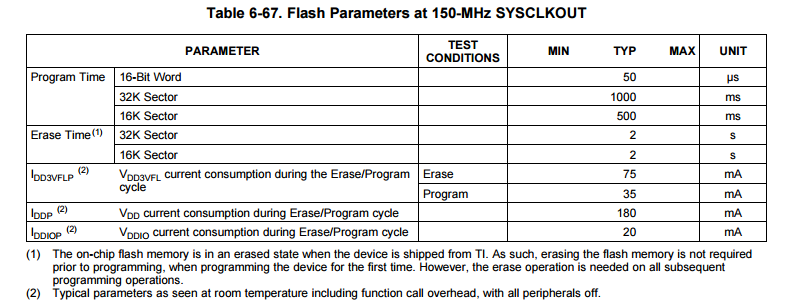I also do have similar kind of requirement which is mentioned in this post http://e2e.ti.com/support/microcontrollers/c2000/f/171/t/224099, but with higher system specification.
I'm using DSC 28335 Delfino series micro-controller and in one of the requirement i want to sample the signal at the rate of 8 to 10 MSPS with ADS804 at front end with only one channel required. Each conversion results need to be stored in memory for observation point of view that i can access later. i need data logging for the duration of 2 second.
so samples per seconds are 20MSPS of 12-bit & time is 2 Sec. so memory requirement is 640 Mbit or 40 MperWord.
Is it possible to have data logging with 28335 controller at this speed and if not i would like to invites suggestion for the same.
Thanks and Regards,
Pritesh Gohil


